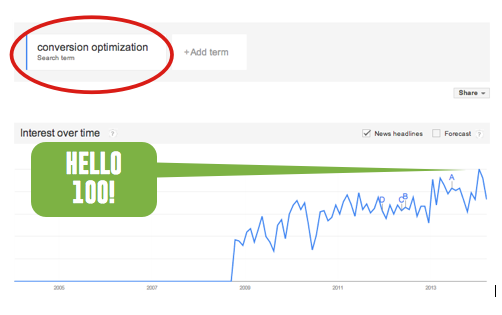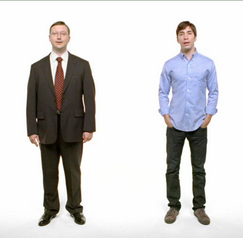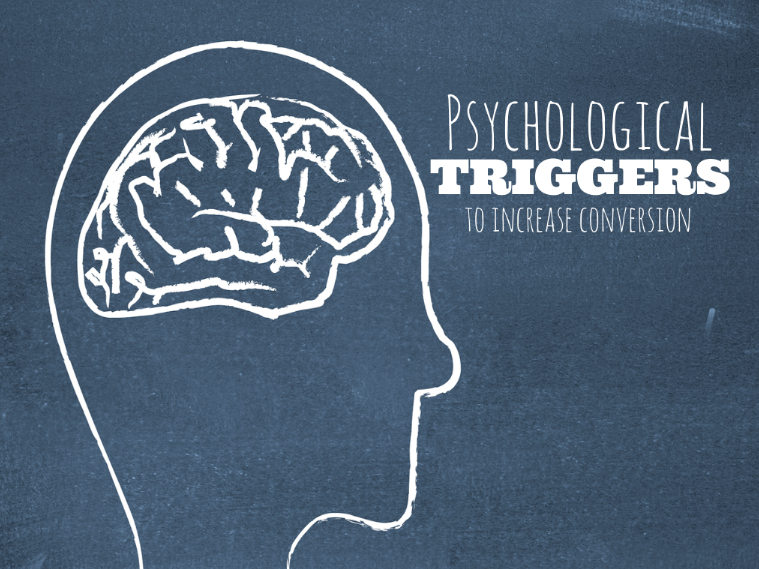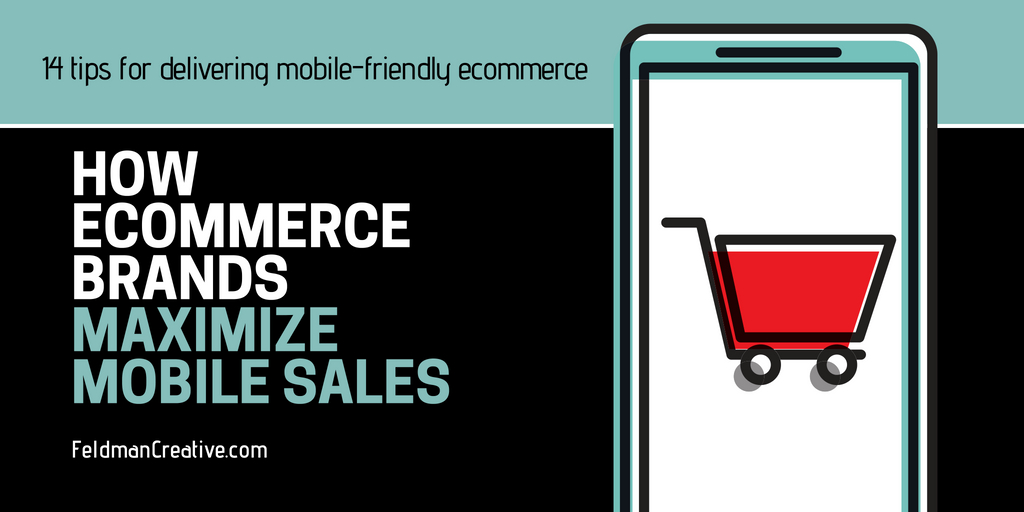Conversion is the word.
“Conversion rate optimization,” CRO, is the common 3-word version. Would you prefer one less word to abbreviate? Try “conversion optimization.”
I ran that phrase in Google Trends to see if the topic really is as hot as I suspected. Look what I found…

Google Trends: March 2014 report for conversion optimization.
Marketers everywhere want to understand and apply it. Our jobs depend on it.
Marketers matter more now.
Us marketers had a bit of a bad rap (or maybe rep). The frivolous ones. The creative kooks that played with magic markers instead of pens. Macs instead of PCs.
We were money suckers too. We came around at least once a year asking for money. But we seldom came back to deliver evidence the investments paid off.
New ballgame. Marketers have to put their heads on the chopping block. Skin in the game. Chips on the table. (Insert metaphor here.)
Everything’s measureable in new media, so we need to draw straight lines between the A’s and Z’s in the plan and come back with this character: $.
We might be heroes when things go according to plan and sure to be goats when they don’t.
Hello “conversion optimization.”
The meaning of the term:
The method of creating an experience for a website or landing page visitor with the goal of increasing the percentage of visitors that convert into customers.
And what’s this mean to online marketers? Everything. So much so, it’s become the hottest of all topics, the focus of the digerati, and the reason the best of the best converge to put their heads together at some serious conferences.
Three months ago I attended Conversion Conference, San Francisco. Many of the sharpest minds in digital marketing shared their insights on conversion.
Speakers included Tim Ash, author of “Landing Page Optimization; Bart Schutz, creator of “The Wheel of Persuasion;” Hunter Boyle of AWeber; Dan Siroker of Optimizely; and Neil Patel, who The Wall Street Journal and Forbes agree is one the most influential leaders on the web. Neil has co-founded Crazy Egg, Hello Bar and KISSMetrics.
Before the conference, I got the chance to speak with Neil about the presentation he was giving: 15 Psychological Triggers to Convert Leads into Customers.
How humans tick and why they click.
To begin the conversion conversation, I hit Neil up for an explanation of why he’d be digging into psychology.
 Neil said, “If you can understand the mind of the consumer, you can then understand what does and doesn’t make them tick. What elements cause them to buy or not? The more you understand the mind of the customers, the more you’ll be able to increase your conversion rate.”
Neil said, “If you can understand the mind of the consumer, you can then understand what does and doesn’t make them tick. What elements cause them to buy or not? The more you understand the mind of the customers, the more you’ll be able to increase your conversion rate.”
“Although it’s all done online, there’s still a person behind that computer. Understand how they think and you can fine-tune your site to convert better,” he said.
In a post on the subject on his education-focused website,QuickSprout, it’s written, “The key to success in any business is an understanding of psychology.”
4 ways to have your way with your prospects.
In his session, Neil shares 15 psychological principles, presented research to back up each, and examples of how online marketers are putting the practices in play. In our interview, we talked about four of them, which I wanted to share with you.
1. Explain why
We’re wired to want answers. We always have been. We want meaning even when there is none. As simple as it may sound, explaining the reason why the reader should take advantage of something makes the offer remarkably more compelling.
“A lot of people don’t understand exactly why they should buy something or take action. When you explain the ‘why,’ in a lot of cases, a light bulb goes on. They think, ‘Oh, that makes sense. I should do it,’” Neil said.
“We sometimes take our customers for granted by assuming they know everything we want them to. Reiterating and restating some basic things actually helps maximize conversion.”
As a blogger and online marketer, I’ve found this insight is powerful not only for conversion, but for getting people engaged in the first place. Though “how” is a far more popular word choice for headlines, I’ve discovered headlines I’ve written that include the word “why” have contributed to some of the top performing articles of my career.
Now you understand why.
2. Simplify your solution
If there are several ways of achieving the same goal, people will eventually gravitate to the least demanding course of action. ~ Daniel Kahneman, Nobel Prize winning psychologist
“I love the quote by Leonardo Da Vinci, ‘Simplicity is the ultimate sophistication.,’” Neil told me. He went on…
“People who create the simplest solutions, with the least amount of barriers, tend to win. Dropbox does well because it’s easy to use.”
“Look at Google. It’s very complex, but not for the user. Type in some words and boom, you get a response. In the end, if you can make things dead simple and easy to understand—your product, your messaging, everything—you’re more likely to succeed.”
3. Create a common enemy
Now we get into the really good stuff. I don’t mean to say the triggers covered thus far aren’t winners, but the two we’ll look at next are less understood and therefore less used.
Sociologist Georg Simmel put forth the idea that humans create common enemies because it unites us with people we believe to be like us.
Here’s an example that took place while interviewing Neil. My curiosity led me to Neil’s “about” page on QuickSprout where he presents glimpses into the Patel personality. Apparently Neil has an affection for chapstick and Taco Bell and I’m not inclined to care one way or another, however at the bottom of the playful caricature, I learned Neil is a fellow Lakers lover.

It follows we have a common enemy, the evil Boston Celtics, the NBA’s only franchise to have hung more championship banners than LA. I felt a bit of a bond with my buddy Neil. In fact, it was the first thing we talked about.
 You’ll find the “enemies” strategy effectively played out in advertising. There’s no better example of Mac vs. PC. The story dates back to early 80s and evolved to become a hilarious series where the two camps were actual characters.
You’ll find the “enemies” strategy effectively played out in advertising. There’s no better example of Mac vs. PC. The story dates back to early 80s and evolved to become a hilarious series where the two camps were actual characters.
Remember? Mr. Cool, Mac, who saw things so simply. And, of course, the enemy, nerdball PC, who never quite measured up.
4. Build controversy
“Study the top stories at Digg or MSN.com and you’ll notice a pattern: the top stories all polarize people.” ~ Tim Ferris, author and entrepreneur
I love this trigger, which is kind of a relative to #3, “enemy.” However, the idea at work here is controversy is immensely engaging. It may trigger anger, which just so happens to be the most effective emotion for creating viral content, according to Jonah Berger, author of Contagious.
Neil put it this way: “The idea is piggybacking on what’s out there. For instance, a statement like ‘SEO is dead…’
“People will react to this. They’ll want clarification. They might say. ‘What do you mean? You’re the one selling online services and you tell me SEO is dead?’ Well, if that’s me responding, I’ll say SEO has changed and is evolving. I could cite examples of companies getting penalized by trying to game Google.”
Neil said his SEO example works because it’s something you might not have expected, so it makes you want to keep reading.
Neil wrote up his 15 psychological triggers as a blog post with some great examples. I highly recommend reading it. Even if you only use 1 out of the 15, you’re sure to boost conversion.





![Website Navigation Matters [Content Matters Episode 21] Website Navigation Matters [Content Matters Episode 21]](https://feldmancreative.com/wp-content/uploads/2017/01/Episode-21.jpg)